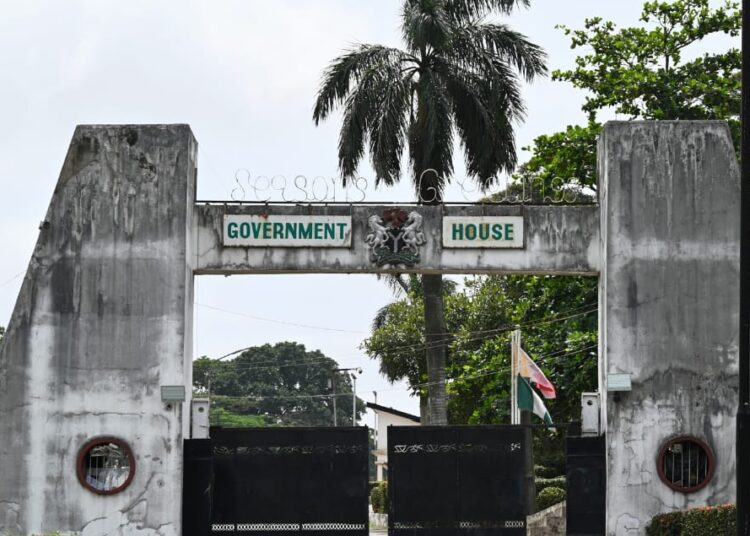
At the heart of Ibadan, nestled atop the once-prestigious Agodi Hill, lies the Oyo State Government House—an edifice that once symbolized authority, dignity, and prestige. Today, however, the estate that has hosted generations of governors, presidents, and global dignitaries wears the tired look of a forgotten monument, decaying quietly under the weight of history and neglect.

From the colonial era through independence to the present-day Oyo State, the Government House has served as the official residence for heads of government—both civilian and military—of the defunct Western Region, Western State, old Oyo State, and modern Oyo. Notable exceptions to this tradition were the late Premier Obafemi Awolowo (1952–1959), who preferred his private residence at Oke-Bola, and his successor, Premier Samuel Ladoke Akintola (1959–1966), who resided at the now-defunct Premier Lodge in Iyaganku GRA.

The colonial administrators, including the renowned Sir John Rankine, the British governor who served from 1954 to 1960, lived within the walls of the Government House—a sprawling compound designed to reflect the grandeur of state power.

But that grandeur, over time, has withered.
Following years of disuse—most notably during the 8-year tenure of the late Governor Abiola Ajimobi and the last 6 years under Governor Seyi Makinde—the Government House has drifted into near-total abandonment. A recent visit to the premises revealed the scale of deterioration: sagging ceilings, outdated fixtures, weather-beaten walls, and buildings on the verge of collapse.
From the gate, one is struck by a haunting silence. The vibrant energy that once defined the compound has been replaced by the rustling of leaves and the scurrying of rodents through the overgrowth. The place, once the nerve center of governance, now resembles an archaeological relic—its structures barely held together by time and iron props.

The mosque and chapel, though still standing, have lost their lustre. Their facades are cracked and faded, reflecting years of neglect. Inside, many of the amenities are outdated or completely broken down. The Government House clinic and visitors’ reception areas have become shadows of their intended design, unable to meet even modest standards of functionality.

In what was once the presidential lodge, signs of decay abound. POP ceilings sag perilously overhead, and the air is heavy with dampness and dust. The banquet hall, once the site of high-level state receptions, is now a silent shell. Chalets once used to host dignitaries and senior officials have become breeding grounds for pests. Quarters 18, in particular, is now partially propped up with metal poles—an emergency measure to prevent collapse.

It is difficult to reconcile this picture with the legacy of a residence that once played host to some of Nigeria’s most important political figures. What was designed to project power and dignity now lies in shambles.
In response to this state of disrepair, the Oyo State Executive Council recently approved ₦63.4 billion for the complete rehabilitation and reconstruction of the Government House. The announcement, however, sparked immediate backlash from opposition parties, who described the project as excessive and a misplacement of priorities amid economic hardship.

Yet, after witnessing the condition firsthand, it becomes apparent that this is no cosmetic facelift. This is emergency resuscitation.
Governor Seyi Makinde has defended the price tag, attributing the high cost to the volatile exchange rate, rising costs of building materials, and the need for a thorough structural overhaul. Already, work has begun on remodeling some of the chalets and constructing a new hall intended to modernize the complex.
To the critics, ₦63.4 billion may seem like a staggering amount for a government residence. But to those who have walked the abandoned halls and seen the rotting infrastructure, the need is clear. Beyond prestige, a functioning and befitting Government House is a reflection of institutional continuity, history, and the dignity of governance.
As the bulldozers move in and scaffolding rises once more around Agodi Hill, the hope is that this renovation will not only restore the glory of a historic estate but also serve as a symbol of a government reconnecting with its heritage—ready to lead from a place that reflects the seriousness of its purpose.
In the end, the Government House may not just be a structure of bricks and beams—but a living narrative of Oyo’s evolving story. And every story, no matter how old, deserves preservation.













